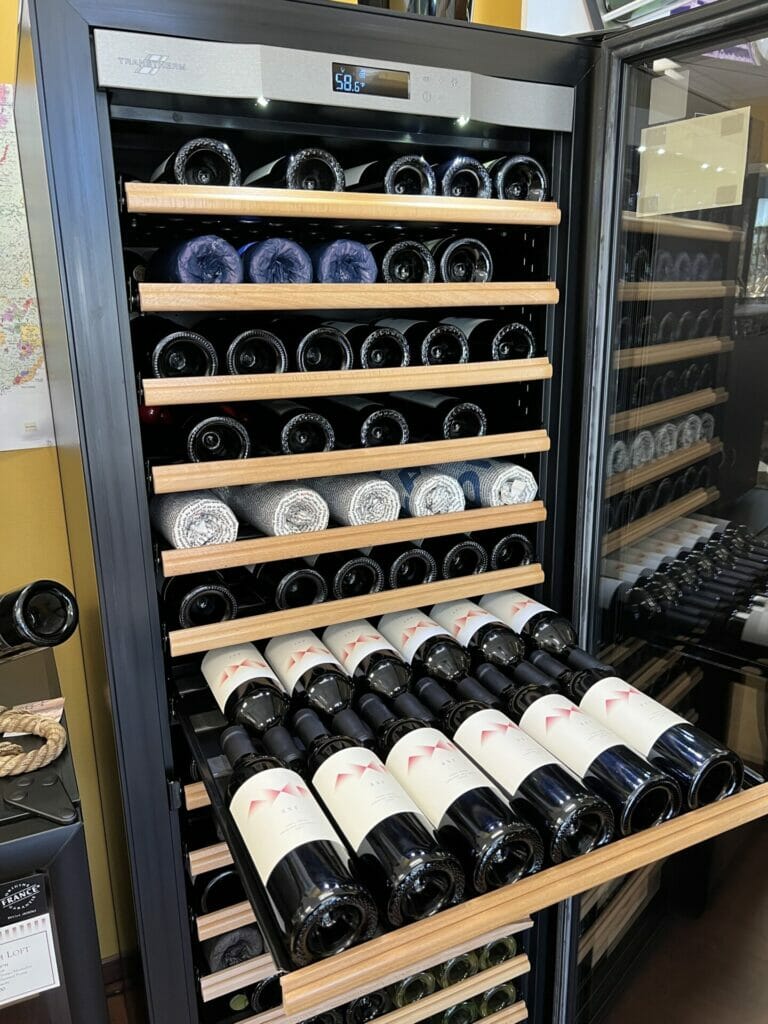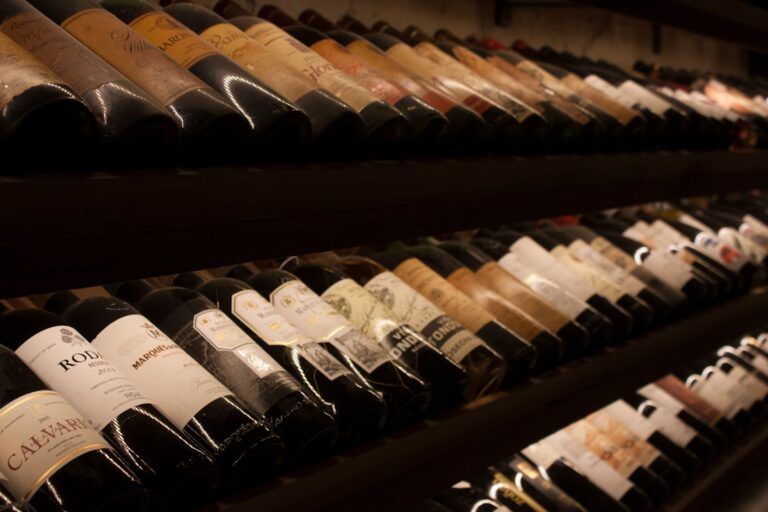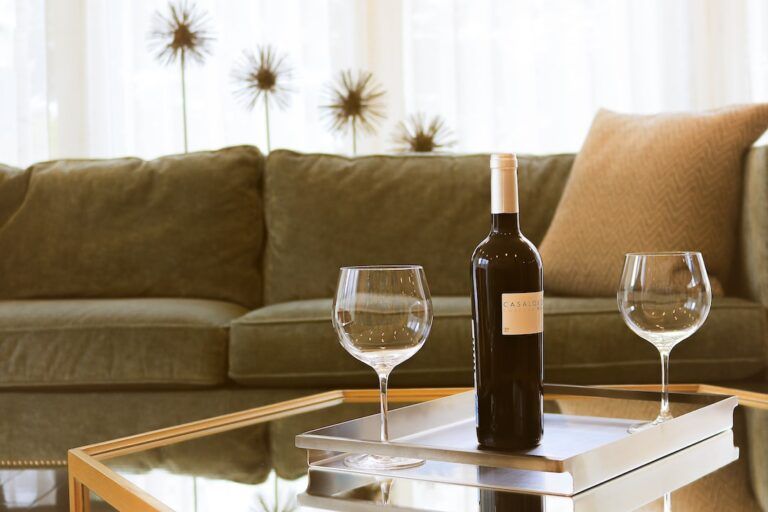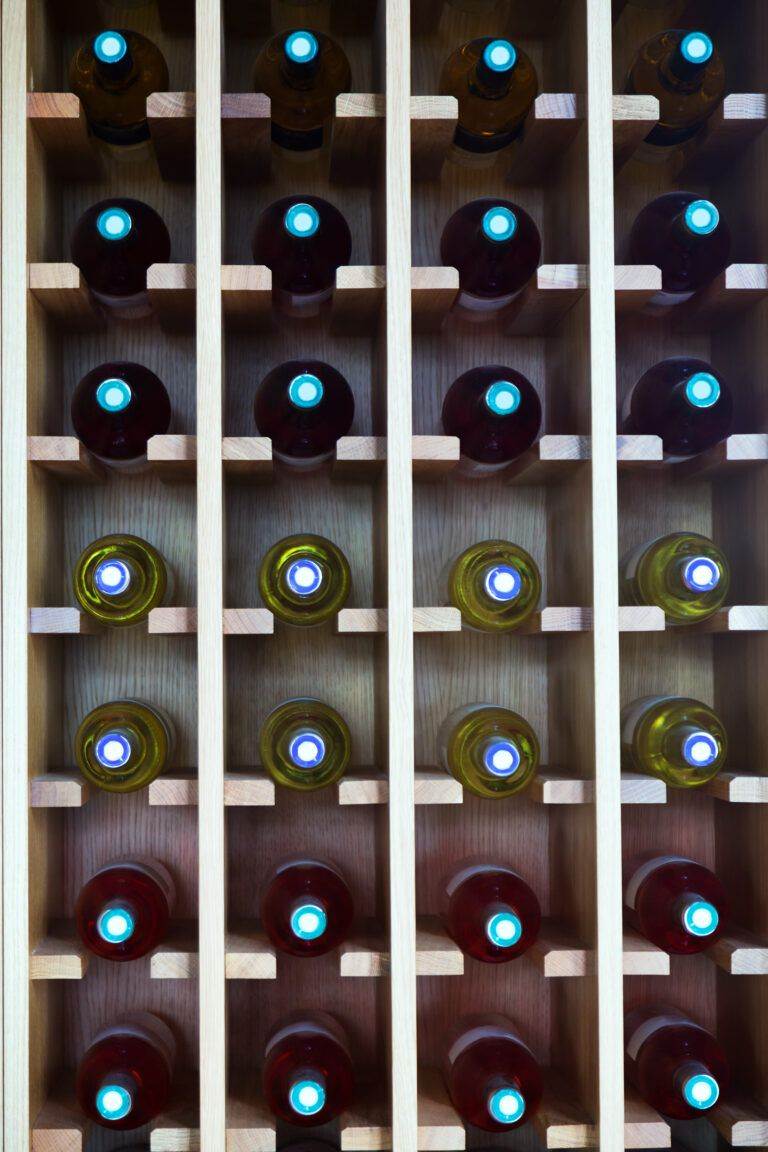The Basics of Wine Tasting: A Beginner’s Guide
Understanding wine tasting is essential for anyone who wants to fully appreciate and enjoy the world of wine. Wine tasting allows us to explore the different types of wine, understand their characteristics, and learn how to pair them with food. By developing our wine tasting skills, we can enhance our sensory experience and develop a deeper appreciation for the art of winemaking.
Understanding the Different Types of Wine
There are several different types of wine, each with its own unique characteristics. Red wine is made from dark-colored grapes and is typically fuller-bodied with flavors ranging from fruity to earthy. White wine is made from light-colored grapes and is generally lighter-bodied with flavors that can be crisp, floral, or citrusy. Rosé wine is made from a combination of red and white grapes and has a pink hue. It can have a wide range of flavors, from dry and refreshing to sweet and fruity.
Sparkling wine is known for its bubbles and effervescence. It can be made using different methods, such as the traditional method used in Champagne or the Charmat method used in Prosecco. Fortified wine is made by adding a distilled spirit, such as brandy, to the base wine. This process increases the alcohol content and creates unique flavors and aromas.
The Importance of Sight in Wine Tasting
Sight plays a crucial role in wine tasting as it allows us to assess the appearance of the wine. When examining a wine’s appearance, we look at its color, clarity, and viscosity. The color can give us clues about the grape variety used, the age of the wine, and even its potential flavors. For example, red wines that are more purple in color are often younger and more vibrant, while those with a brick-red hue may indicate an older wine.
Clarity refers to how clear or hazy the wine appears. A clear wine suggests that it has been properly filtered and is free from any sediment. Viscosity, on the other hand, refers to the thickness or “legs” of the wine when swirled in the glass. This can indicate the wine’s alcohol content and body.
The Aroma and Bouquet of Wine
Aroma and bouquet are two terms often used interchangeably in wine tasting, but they have distinct meanings. Aroma refers to the scents that come from the grape variety itself, such as fruity, floral, or herbal notes. Bouquet, on the other hand, refers to the scents that develop during the winemaking process, such as oak, vanilla, or spice.
To identify different aromas and bouquets in wine, it’s important to take a moment to swirl the wine in your glass. This helps release the aromas and allows you to fully experience the wine’s scent. Take note of any specific scents you detect and try to associate them with familiar smells. For example, a red wine may have aromas of blackberries, while a white wine may have aromas of citrus or tropical fruits.
How to Taste Wine: The Four S’s
Tasting wine involves four steps: see, swirl, smell, and sip. The first step is to observe the wine’s appearance, as discussed earlier. Next, gently swirl the wine in your glass to release its aromas. This helps oxygenate the wine and allows you to fully experience its scents.
After swirling, bring the glass to your nose and take a deep breath in. Try to identify any specific aromas or bouquets that you detect. Take your time and let your senses guide you.
Finally, take a small sip of the wine and let it coat your palate. Pay attention to the flavors you taste and how they evolve on your tongue. Is the wine sweet or dry? Is it acidic or smooth? Does it have a long or short finish? These are all factors to consider when evaluating the taste of a wine.
Understanding the Role of Tannins in Wine
Tannins are naturally occurring compounds found in grape skins, seeds, and stems. They contribute to the structure and mouthfeel of a wine, giving it a dry and slightly bitter sensation. Tannins are more commonly found in red wines, as they are extracted during the fermentation process when the grape skins are left in contact with the juice.
To identify tannins in wine, pay attention to the drying sensation you feel on your tongue and gums after taking a sip. Tannins can also give a wine a slightly astringent or puckering sensation. They can be more pronounced in young red wines and tend to mellow and soften with age.
The Importance of Temperature in Wine Tasting
Temperature plays a crucial role in wine tasting, as it can greatly affect the flavors and aromas of a wine. Serving a wine at the correct temperature allows its true characteristics to shine through.
In general, white wines are best served chilled, while red wines are best served at room temperature. However, it’s important to note that room temperature refers to the ideal temperature for cellars, which is around 55°F (13°C). Most modern homes are warmer than this, so it’s recommended to chill red wines slightly before serving.
Sparkling wines should be served well chilled, as this helps preserve their effervescence. Fortified wines can be served at room temperature or slightly chilled, depending on personal preference.
Pairing Wine with Food: Tips and Tricks
Pairing wine with food is an art form that can greatly enhance your dining experience. When pairing wine with food, it’s important to consider the flavors and characteristics of both the wine and the dish.
In general, lighter-bodied wines pair well with lighter dishes, such as salads, seafood, and poultry. White wines with higher acidity can help cut through rich and fatty foods, while sweeter wines can complement spicy or salty dishes.
Fuller-bodied wines, such as reds, pair well with heartier dishes, such as red meat, stews, and aged cheeses. The tannins in red wines can help cleanse the palate and balance out the richness of these foods.
While there are general pairing rules to follow, it’s also important to experiment and find what works best for your own palate. Don’t be afraid to try unconventional pairings and trust your own taste buds.
The Art of Decanting Wine
Decanting is the process of transferring wine from its bottle to a decanter. This is done to separate the wine from any sediment that may have formed over time and to allow the wine to breathe and open up.
Decanting is particularly important for older red wines, as they are more likely to have sediment. By carefully pouring the wine into a decanter, you can leave the sediment behind in the bottle and ensure a clear pour.
Decanting also allows the wine to come into contact with oxygen, which can help soften tannins and enhance the aromas and flavors. It’s recommended to decant younger red wines for at least 30 minutes before serving, while older red wines may benefit from longer decanting times.
How to Store Wine Properly
Proper wine storage is essential for maintaining its quality and ensuring that it ages gracefully. There are several factors to consider when storing wine, including temperature, humidity, light exposure, and vibration.
The ideal temperature for storing wine is around 55°F (13°C), as this helps slow down the aging process and allows the wine to develop complex flavors over time. Fluctuations in temperature can cause the wine to expand and contract, potentially damaging the cork and allowing air to enter the bottle.
Humidity levels should be around 70% to prevent the corks from drying out and allowing air to seep into the bottle. Too much humidity can lead to mold growth, while too little can cause the corks to shrink and allow oxygen to enter.
Light exposure should be kept to a minimum, as UV rays can degrade the wine and cause it to develop off flavors. It’s best to store wine in a dark or dimly lit area.
Lastly, vibrations can disturb the sediment in wine and affect its aging process. It’s best to store wine in a location where it won’t be subject to constant movement or vibration.
Common Wine Tasting Terminology
There are several common wine tasting terms that can help you describe and evaluate a wine. Some of these terms include:
– Acidity: The tartness or crispness of a wine. Wines with higher acidity can have a refreshing and lively character.
– Body: The weight and texture of a wine on the palate. Wines can be light-bodied, medium-bodied, or full-bodied.
– Finish: The lingering taste and sensation after swallowing a sip of wine. A long finish indicates a wine with complex flavors that linger on the palate.
– Oak: Refers to the flavors and aromas imparted by oak barrels during the aging process. Oak can add notes of vanilla, spice, or toastiness to a wine.
– Tannins: As discussed earlier, tannins are compounds found in grape skins, seeds, and stems that contribute to the structure and mouthfeel of a wine. Wines with higher tannins can have a drying or puckering sensation.
Using these terms can help you communicate your preferences and better understand the characteristics of different wines.
Understanding wine tasting is not only about developing your palate, but also about exploring and appreciating the art of winemaking. By understanding the different types of wine, the role of sight, aroma, and taste, and the importance of temperature, pairing, decanting, and storage, you can enhance your wine tasting experience and develop a deeper appreciation for this ancient beverage.
Continue to explore and learn about wine, try new varieties and styles, and most importantly, enjoy the journey. Wine tasting is a lifelong pursuit that can bring joy, pleasure, and a deeper connection to the world of wine. Cheers!







